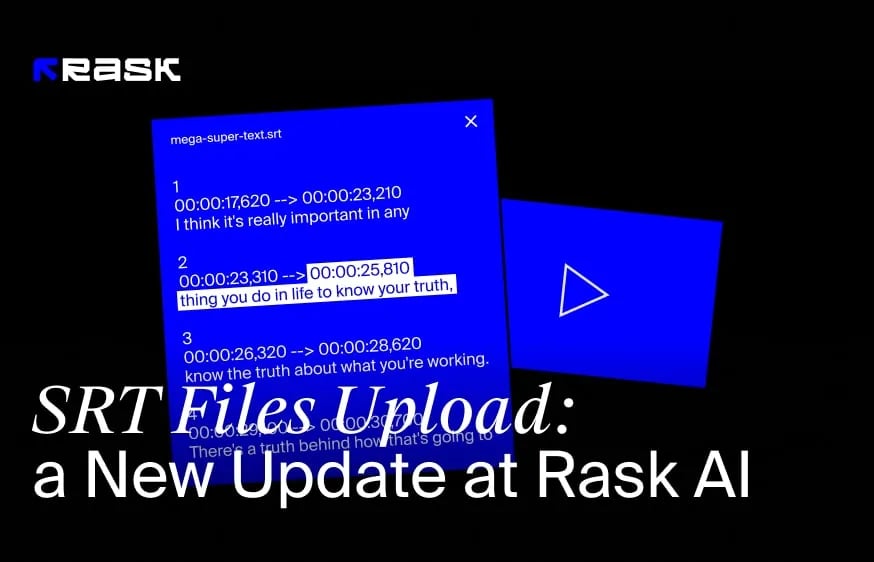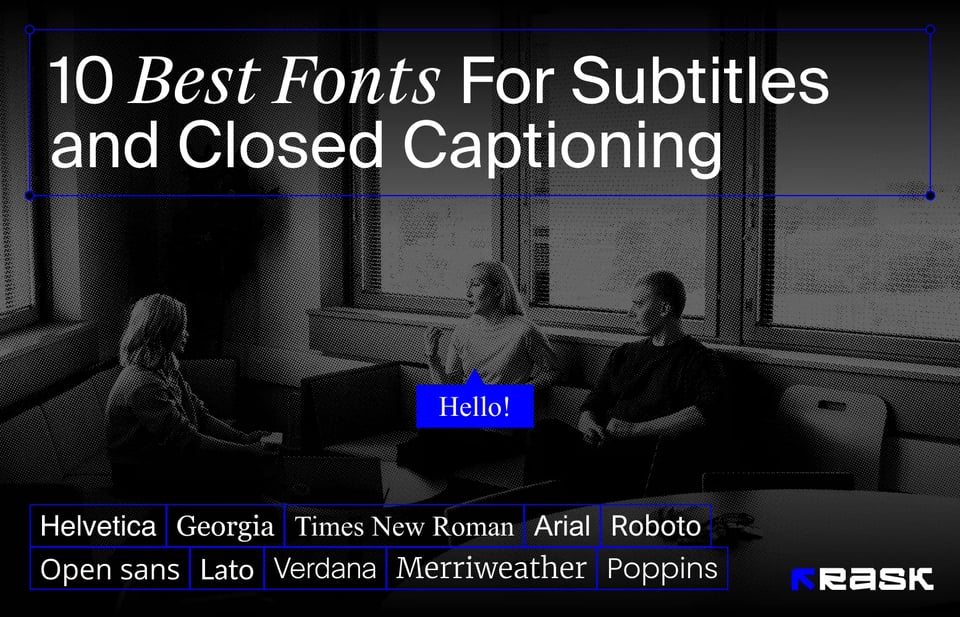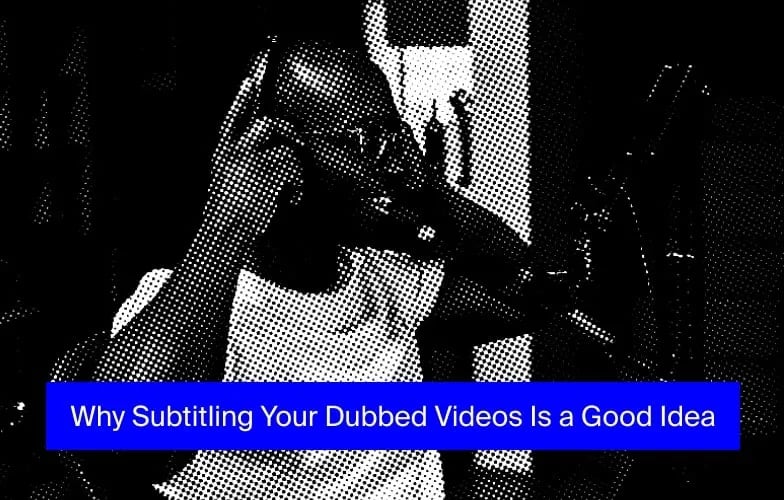Artificial Intelligence (AI) and Machine Learning (ML) are trending. While their use and popularity were mostly dominated by the entertainment industry over the last decade, now both technologies have a much bigger impact and have gone far in the improvement of other domains, such as Healthcare and, of course, Education.
AI and ML have been shown to transform the way many businesses create digital content and how we consume it, and it is related to educational content as well. Whether you are a teacher, an owner of an e-learning platform, or just a learner, everyone in the educational content domain can benefit from these technologies.
Considering the fact that Artificial Intelligence is now a new norm in many spheres, it's not surprising that various creators, business owners, and listeners try to implement the technology itself or at least AI-powered software for both - business growth and improved learning experience.
For example, AI used in Education leads to a more personalized experience, the ability to gain trust in customers, offering extra convenience, and increased student engagement. In fact, it has also been shown to lead to better academic results.
Changing the way people learn and teaching education with its value made it possible for AI technology to get global use and popularity. However, it has many more benefits and reasons to consider for anyone involved in the educational content e-learning sphere. We created this guide to help you dive into AI technology used within this domain in 2023 and beyond.
What is Artificial Intelligence?
In layman's terms, Artificial Intelligence (AI) is a technology that uses algorithms to simulate human cognitive functions and perform tasks that previously were performed by humans. These tasks may include perception, learning, reasoning, problem-solving, understanding, and processing natural language.
When talking about AI in the educational content sector, AI can perform a vast range of tasks, where planning the best lessons and automating admin tasks are the most popular ones. AI software works based on data they were trained on.
Machine learning refers to a field of AI enabling machines to learn from vast amounts of data and, as a result, make predictions and provide recommendations over time. Deep learning is also another crucial term in the AI space.
It is a subset of machine learning that works on artificial neural networks (algorithms and computing units) to mimic the learning process of the human brain. Deep learning has already been tested in various circumstances and proved its effectiveness in applications such as image recognition and natural language processing (NLP). NLP is a technology that allows machines to process, interpret, and understand human languages.
5 Benefits of AI in Creating Educational Content
1. Personalization
Personalized learning is now an essential part of eLearning or just a successful learning experience. Businesses should ensure their educational content is as personalized as possible, which is possible with AI.
That is because AI is able to analyze data from learners and their behavior within the educational content, offering recommendations for future courses they find relevant content and modules based on the weak spots in their knowledge or progress.
AI-based virtual tutors are also a great idea for educational content personalization. For example, AI-powered tutors can provide almost immediate feedback and support learners throughout their education programs.
These tutors can increase engagement and retention rates, helping students improve their academic results by identifying knowledge gaps and personalizing studying plans according to them.
2. Higher Accessibility with AI
Since eLearning grows in popularity, it is crucial to ensure that customers of all levels will be able to access and easily engage with the course material. This is the only way for businesses to provide value today. AI is a perfect tool for enhanced accessibility since it offers personalized learning software for customers with special needs, considering all the factors that should be included.
AI tools can automatically generate captions and descriptions, offering an inclusive experience for learners, while chatbots can assist in that process by giving immediate assistance and support to reduce the need or at least level of human intervention.
3. Grading and Assessment With AI
AI-powered software and systems can increase personalization even more by providing highly targeted feedback to both teachers and learners through automated grading and assessment.
Automated grading can save time, deliver accurate results, and add value, therefore removing resources needed for manual grading. In fact, AI can also detect plagiarism (including AI score), so it helps in maintaining academic integrity.
There are several real-analytics software powered by AI algorithms that offer insights into student performance and progress, which boosts the learning process and experience for all parties involved.
4. Detection and Prevention of AI Use
Since the introduction of OpenAI, many students have started using this tool for essays and other different projects. While using AI for insights, brainstorming, and data might be a good option for some, students may also rely solely on AI to perform the task, so they don't actually invest time in it.
AI software can assist in writing educational content, so teachers may find it hard to identify whether it is human text or not. That is why educational institutions are now widely using AI software for AI detection and plagiarism as well. AI can detect plagiarism and AI content by analyzing patterns in the text.
5. Faster and Easier Localization
AI is also beneficial for those who create educational content. While its benefits for learners are vast and practice-proven, it is also a great content marketing tool in the educational content sector (and many others). Localization is essential in the world where different types of online courses and more types of educational content are becoming available on a daily basis, so AI comes as a go-to solution.
There are AI-powered video editors that can not only generate subtitles and captions (as we mentioned earlier) but also translate video educational content into other languages for higher business value. In fact, some tools, like Rask AI, can even generate a voiceover to provide as authentic an experience as possible, allowing EdTech and eLearning companies to go global with their products.
3 Tips to Create Educational Content with AI
Streamlining Course Framework and Storyboarding
Both creators and eLearning companies can greatly accelerate their eLearning course development process by using a vast range of opportunities provided by Artificial Intelligence (AI). One of the most effective applications of AI in enhancing valuable educational content is its ability to facilitate the creation of course structures or outlines.
In traditional Education, teachers and an EdTech business should allocate extensive time and effort to manually develop a course's framework. However, AI makes it possible for organizations to engage with this AI use case, since the technology can offer all required details, including the subject, target audience, as well as learning objectives.
Being backed by data, AI software can generate a comprehensive and well-organized course framework, which has been shown to increase efficiency and reduce manual efforts. Additionally, AI can also be used for storyboarding to add value, so when the course outline or a framework is established, AI can generate specific ideas and content for each section.
For example, prompt specialists can ask AI to detect what type of content would be most effective in teaching a specific subject or material. They can also request AI to provide examples of exercises or tips on improving the teaching process.
Improving Existing Content
One of the effective ways of using AI in educational content is using it to enhance existing courses instead of just focusing on constantly creating educational content. It works best with those dense and technical texts since AI can add an element of emotion, graphics, other visuals and increase personalization to them.
Instructional Designers and eLearning developers should already know that content related to certain areas and subjects may sometimes be perceived as dry or monotonous, so it is harder for learners to grasp the idea or get the results they expect.
Even if most of the course is engaging, even a small piece of such complex content (not speaking about an entirely complex course) can impact customers' involvement, satisfaction, and retention adversely. That is why using AI for that type of content (whether it is a video or text) can breathe life into your course, making it more resonant with the target audience.
For example, you can ask the AI to infuse the content with more emotions, change the tone of voice (like a more formal tone or more friendly one), or make it easier to read or understand.
Generation of Diverse Content Formats
AI opens up a vast range of opportunities for EdTech and eLearning providers. First of all, let's imagine you have a long video or a ready course. In that case, you can reuse text to create a video or vice versa using AI-powered editing platforms like Rask AI.
Modern customers prefer to have different formats of content, especially when we talk about educational content. Some like videos, some want to read text, and others just enjoy podcasts to listen to on their way to school or work. That is why Instructional Designers often invest lots of time and resources to deliver educational content in diverse formats, ensuring the course caters to all needs.
Using AI means there is no need for providers to spend time creating educational content in these forms since AI can streamline and simplify the teaching process.
This is how AI can assist in creating educational content in the following types:
- Tutorials: AI can reuse already written content into step-by-step tutorials on any needed subject matter. This is especially effective when it comes alongside the written content or video content, guiding learners throughout the entire course via steps.
- Quizzes: AI is also helpful in generating quizzes that are powerful for a learning method known as active recall.
- From video to text conversion: If you have video educational content, you can use platforms like Rask AI to convert video to text and vice versa to ensure each learner gets the preferred type of educational content.
- How-to guides: These are guides that show steps customers need to take to achieve specific educational goals. While how-to guides are better for small courses, they are still great at content diversity.
What are AI Content Tools?
AI content software is technologies that use Artificial Intelligence and sometimes Machine Learning to support and enhance different aspects of Education. They are mostly used to automate and improve manual, time-consuming tasks, allowing teachers to focus on more valuable things and readers to achieve their learning goals.
Depending on the tool, they can create personalization needed in the educational content sector, provide and collect feedback, and help manage the time of teachers more efficiently.
AI content software may include learning management systems, content creation tools, content editing tools, translation and localization tools, adaptive learning platforms, and virtual tutors. Summing it up, AI content software allows teachers to streamline and optimize traditional Education, breaking life into material and reducing manual work.
Challenges of AI Content Software Adoption in Education
Lack of Access to Technology
Even though AI is now available for everyone, lack of access remains to be a big challenge for its wider adoption. The reason for that is insufficient technological infrastructure in educational content institutions, especially in developing countries and low-income areas.
There are still schools that lack crucial resources like high-speed internet, computers (or gadgets overall), and, in the worst case - even electricity. These essential tools should be in place to organize smooth AI integration into Education.
Educational content organizations should prioritize offering adequate technological support to schools in different areas. This often means funding and lots of resources involved, which is something the government should take care of.
So, regardless of how far AI can go within the educational content system and a classroom, without addressing the issue of lack of access to technology, we won't be able to leverage its maximum power.
Privacy Concerns
AI seems to become the next blockchain in terms of an unregulated market. Considering the fast growth of technology within the class, privacy concerns still represent a major issue. Here are some reasons why:
- Data collection: AI content software tends to collect lots of information. This software often collects a significant amount of data about customers, their learning styles, progress, and preferences. While this data is used to improve the learning experience and add personalization, it is still pretty sensitive information that could be stolen.
- Data security: Since AI software collects students' data, educational institutions should ensure the security of the data. Not every organization has enough resources to establish enough security protocols.
- Data ownership: Who is the owner of the data collected by AI isn't always clear. This may potentially lead to disputes between schools, students, vendors, and student's families.
- Possible misuse of data: There is a risk that the data it collects could be misused by vendors or other third parties. This data might be sold for content marketing purposes or used without the consent of data owners.
Teacher Training and Support
Another challenge that educational institutions may face when trying to implement AI into the educational content system is the need for teacher training and post-launch support. This is what it could mean:
- Most teachers will not have experience with AI software or feel comfortable enough to include them in the teaching process, so they will require training to get up to speed.
- Teachers will need guidance on how to use AI software effectively and safely.
- Post-launch support might be required in case issues arise while using AI content tools.
3 Tips on Creating Valuable Educational Content
1. Ensure Content is Relevant
Here, you may wonder how educational content might be irrelevant; we get it. But it is crucial enough to warrant discussion.
Many eLearning platforms believe that the content they develop is always content their audience wants to consume. Even though a teacher's expertise is always crucial in that question, it is also vital to know your audience and what exactly they are looking for.
You can develop a catchy title for the course and introduction, but does your content resonate with what your audience currently needs? Here, you should consider their pain points, background, answers they need, and, most importantly, how you can give them what they need.
2. Treat Your Audience to the Unexpected
While you may think that there is nothing to add to the big and already established content creation industry, the truth is there's always another angle from which to approach things.
Keep in mind that generations are changing, and Gen Z students are a completely new world. Therefore, they are not keen on any traditional form of content or studying techniques like cramming.
Aside from getting Education online and in all available formats, they want more engaging content that feels like something really helpful. Studies show that these students prefer practical exercises over reading, so try to play with formats or ask students feedback to know where to go for.
3. Ensure Formatting is User-Friendly
Some students will consume your content from start to finish. Others will not like it at all. So you will make one product for everyone. If you offer a course preview, most students will scan the content quickly to find whether your content resonates with what they are looking for.
And imagine the amount of courses they can scan per day during the market research (not even talking about minutes). The market is overloaded with a number of EdTech and eLearning providers, so keeping the 1-st position or just attracting students' attention is becoming harder and harder.
While optimizing your website through keyword research and managing social media posts will help you stay at the top of search engine results, it isn't enough to keep the audience engaged for longer. That is why providing more creative content or something they can't find in other courses will do wonders for your business.
For example, adding active recall is a go-to practice; localizing content through generated voiceovers and the most accurate translation based on cultural needs and preferences is one of the best practices today.
How to Create Educational Content | Videos & Localization
Luckily, the modern world offers numerous options to choose from when it comes to the type of resources you create. That is because successful educational content is available in many different formats.
Video Lessons
Educational content strategy powered with videos is extremely popular today. Videos are not only great for content marketing; they make it possible for EdTech and eLearning providers to grab the attention of different generations of students within one place.
Whether you run an educational content channel on YouTube or have a course where you need to add new content formats, remember that you can always make videos much more accessible and go global.
This is done through translation and localization of videos. Localization means adapting all elements of the business to different locales, translating videos, and ensuring the translated version covers cultural differences and nuances.
We can't lie - localization takes time and might be a costly solution. However, there are solutions for that. As we already mentioned, you can speed up the process and significantly reduce costs using AI platforms like Rask AI.
Here, you just need to upload video scripts, and the software will translate your video to any chosen language (the tool offers 130 languages for translation). In addition, you can generate a voiceover in more than 29 languages, which leads to making translated videos as authentic as possible for the new audience.
The Bottom Line
AI content software is becoming a crucial part of the educational content landscape. This technology can offer the audience increased personalization, streamline grading processes, and help teachers develop new learning materials.
By using AI, teachers are able to track students' progress, divide them, and identify knowledge gaps in the learning process that could be addressed. AI platforms like Rask AI can also help EdTech companies promote their business and break into new markets through localization.
FAQ
There are many different ways you can create valuable educational content today. However, Rask AI remains to be the leader in terms of creating videos for Education, editing, and localizing them.
You can use Rask AI to create educational videos for your students. You can also create podcasts and other types of educational content making market research. Publishing it on YouTube or specialized platforms for monetization.
In a world where people can provide for themselves without institutions, eLearning and EdTech educational content is extremely popular.
Educational content is crucial for any eLearning or EdTech providers as a core of their business, so it should be available in the format the target audience prefers.
The first step will be exploring the niche and competitors. Secondly, you will need to identify the target audience and find what they are looking for. You can create videos, write blog posts, e-books, or any other content type based on market research. Once ready, you will need to write creative and relevant content using different formats that feel most helpful for your target audience.
One of the best examples of successful educational content we can name here is video courses and podcasts on any particular topic you are an expert at.
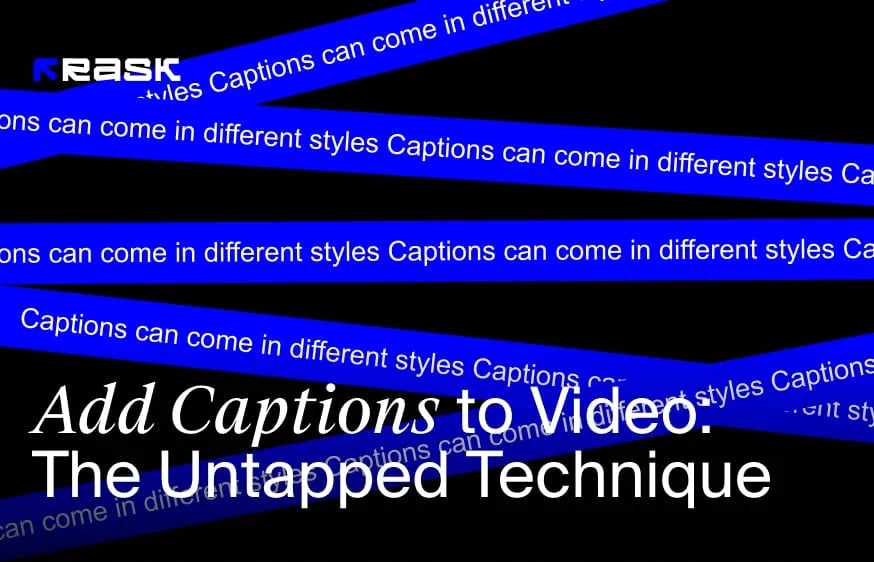
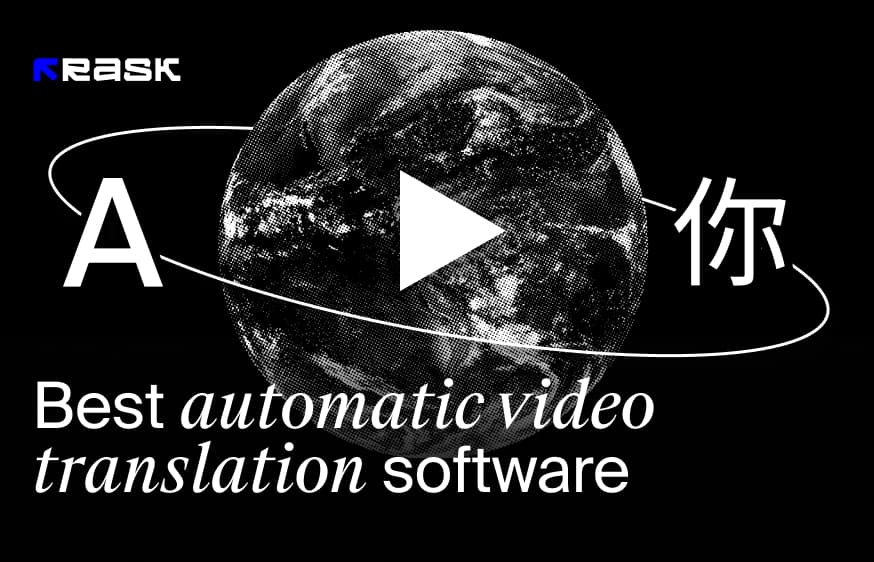
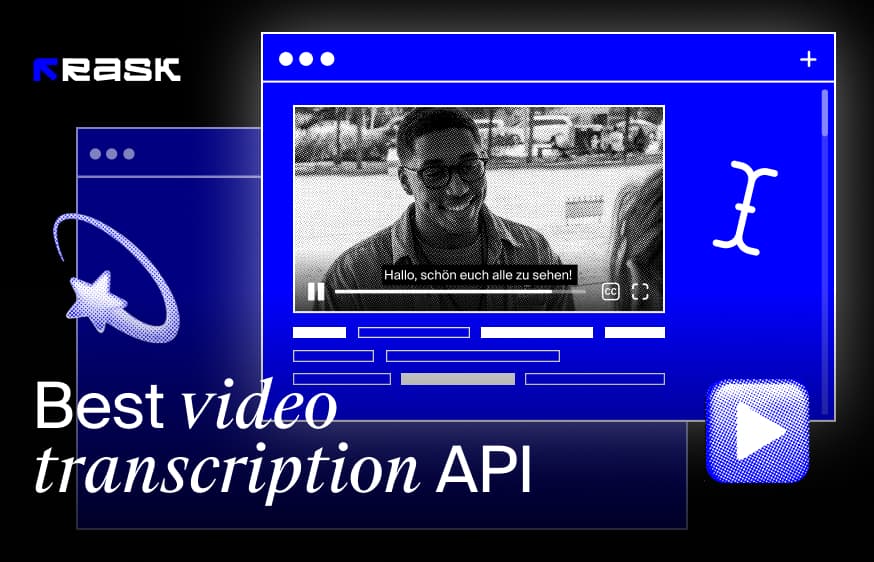
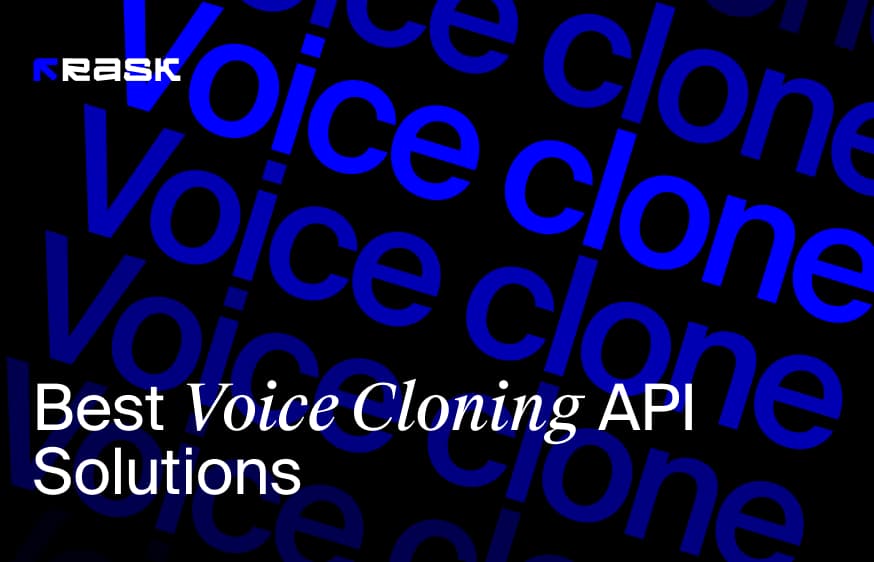
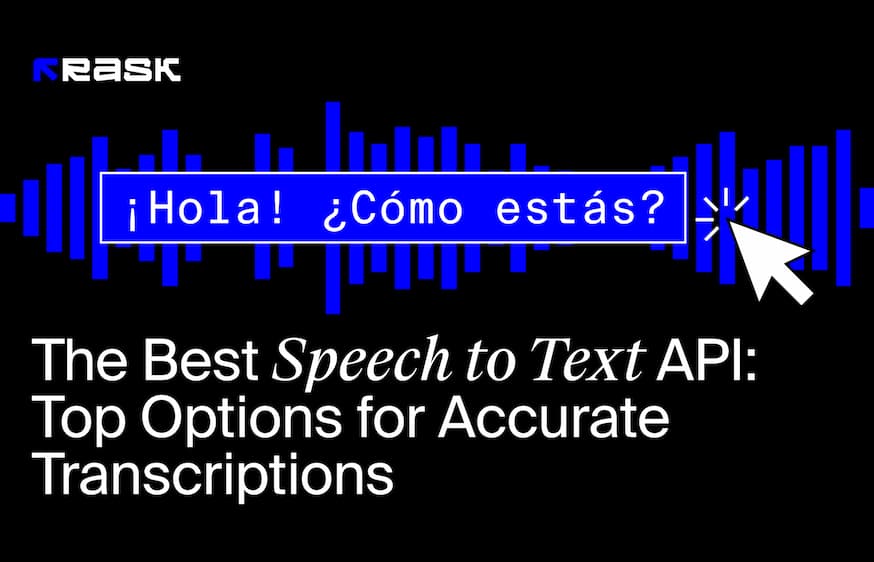
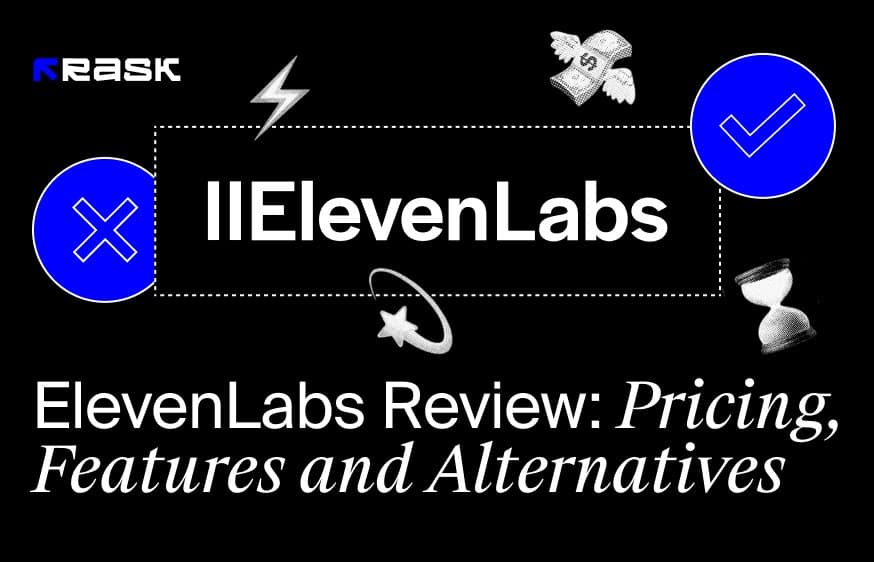
.jpg)
.webp)
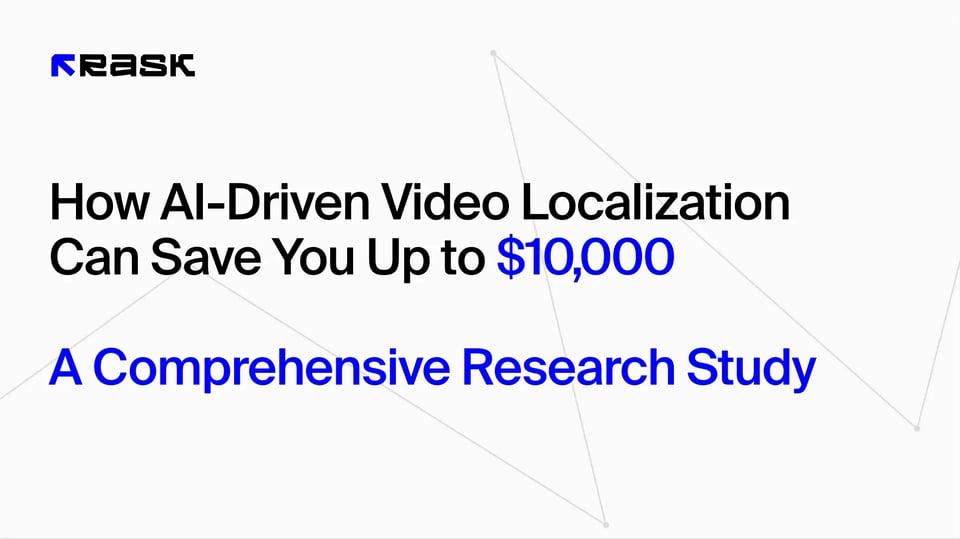
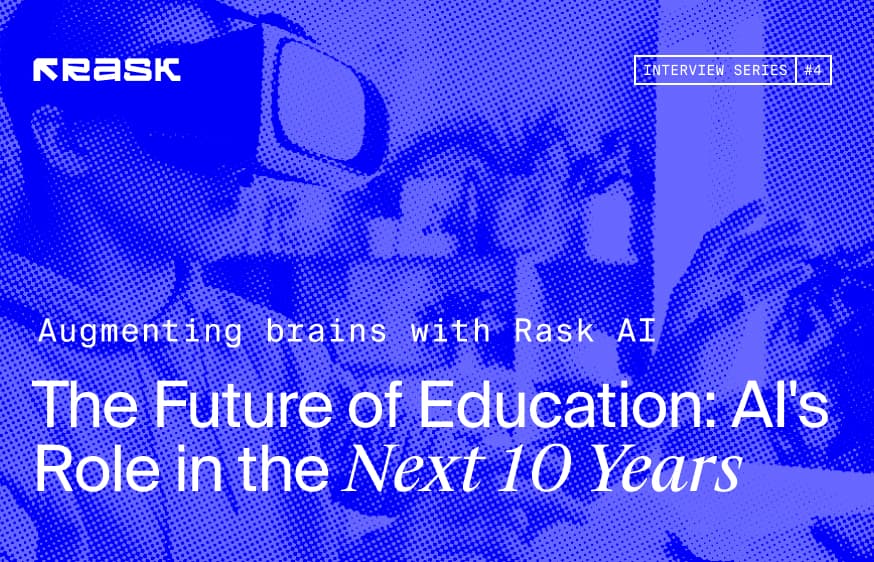
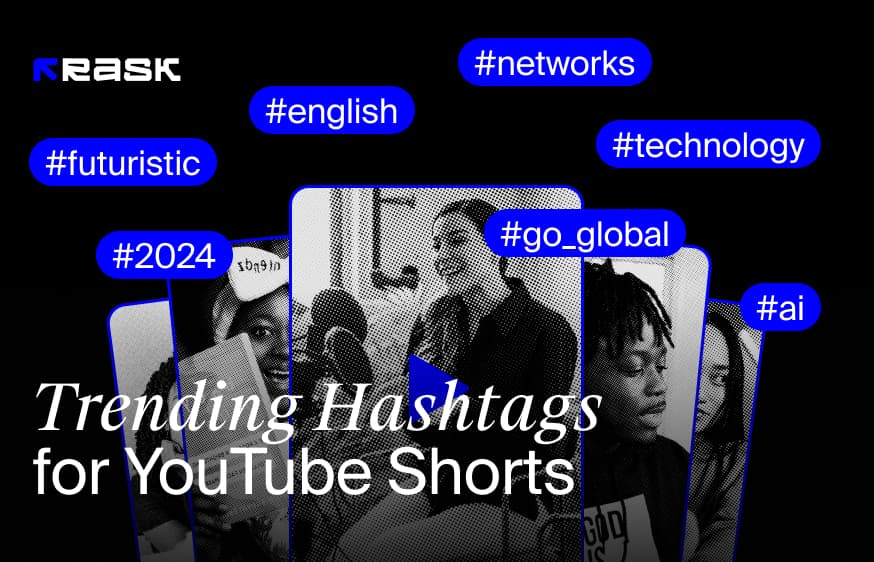
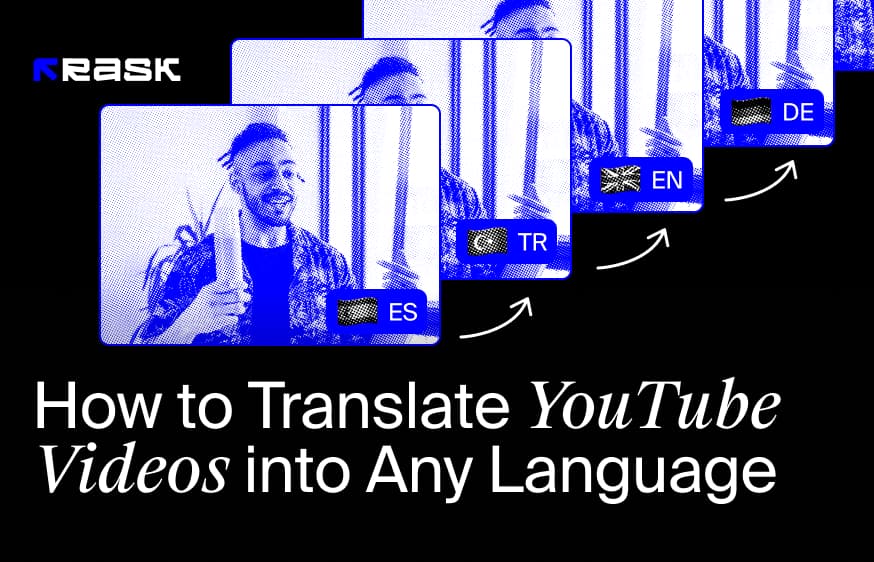
![8 Best Video Translator App for Content Creators [of 2024]](https://rask.ai/cdn-cgi/image/width=960,format=auto,fit=scale-down/https://cdn.prod.website-files.com/63d41bc99674c403e4a7cef7/6668a3dcd3175bd1d1c73c81_Best%20video%20translator%20apps%20cover.webp)
![Best AI Dubbing Software for Video Localization [of 2024]](https://rask.ai/cdn-cgi/image/width=960,format=auto,fit=scale-down/https://cdn.prod.website-files.com/63d41bc99674c403e4a7cef7/66685014f68137eb05c89c16_Cover.webp)
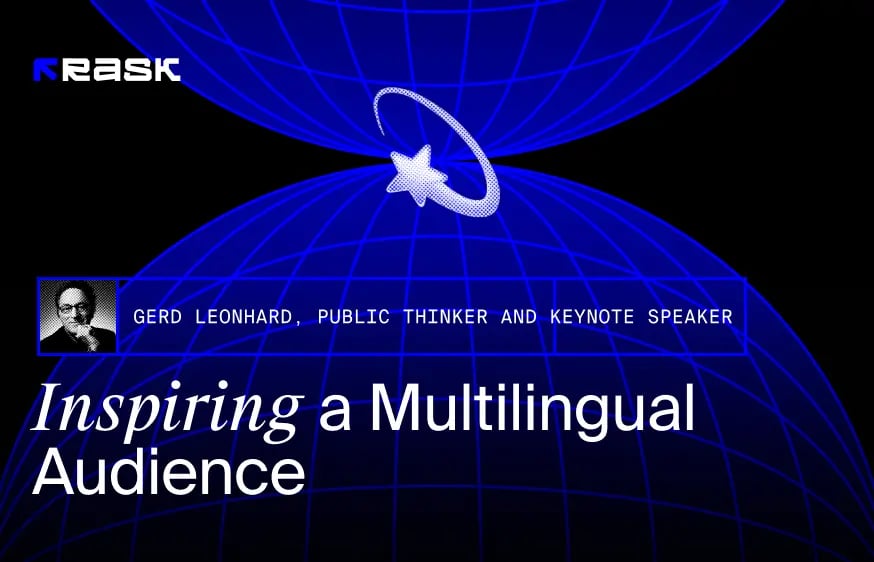

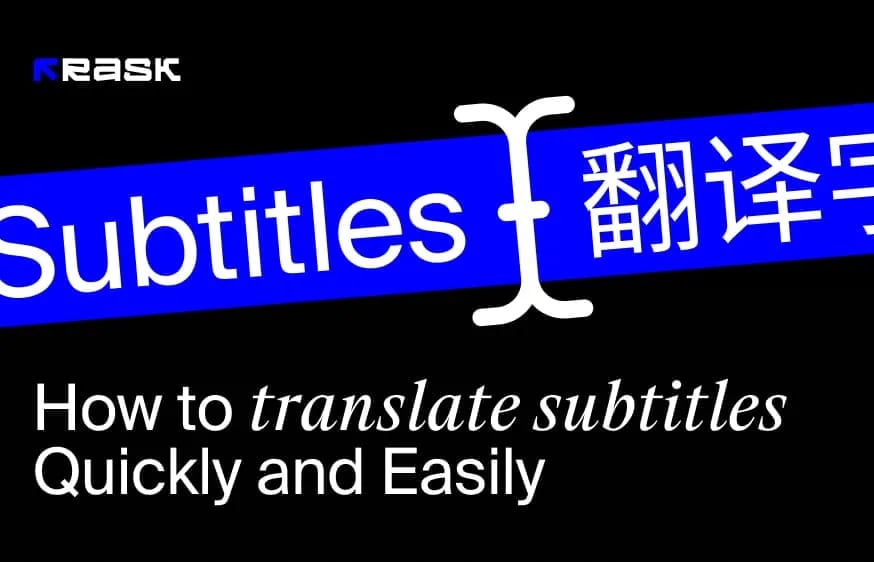
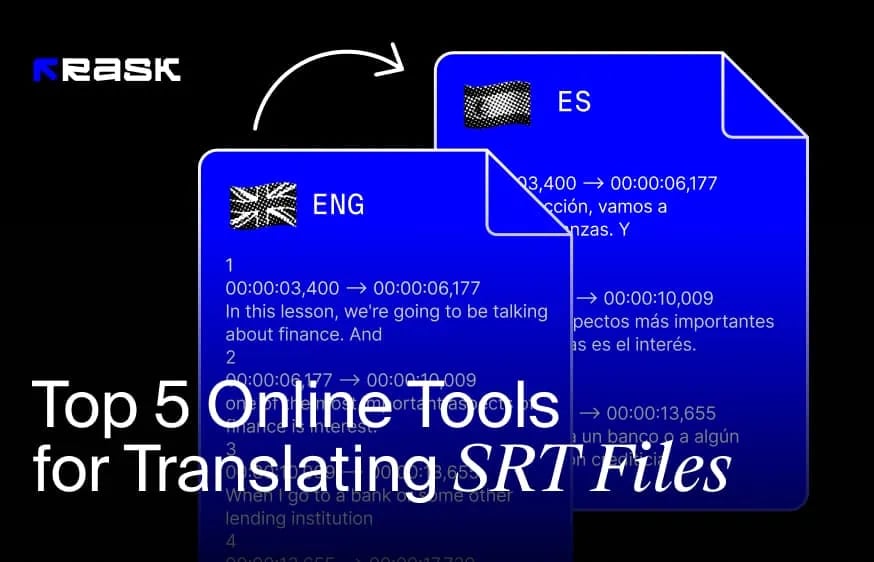
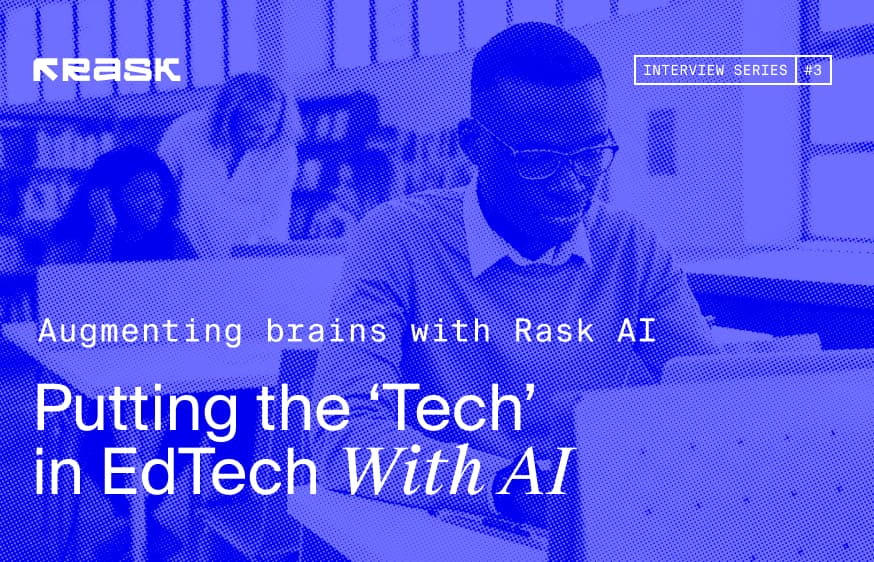
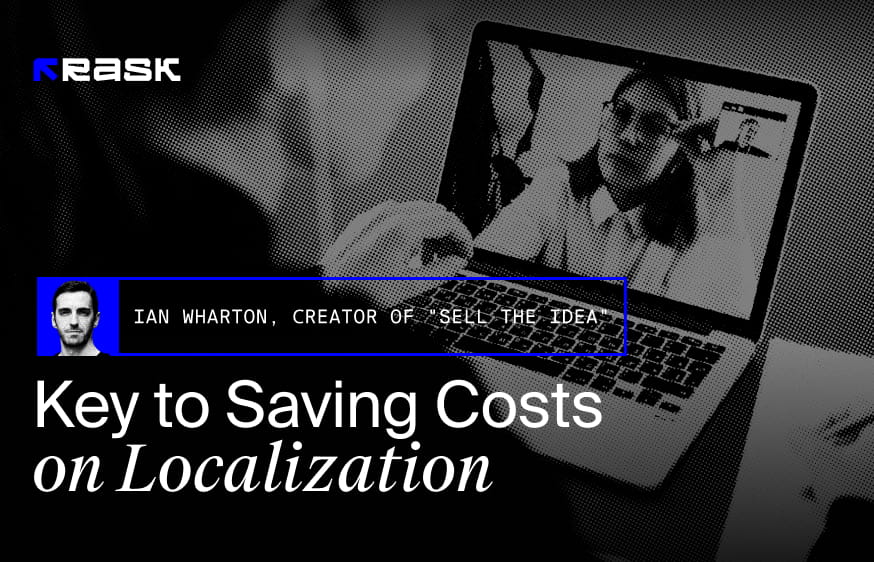
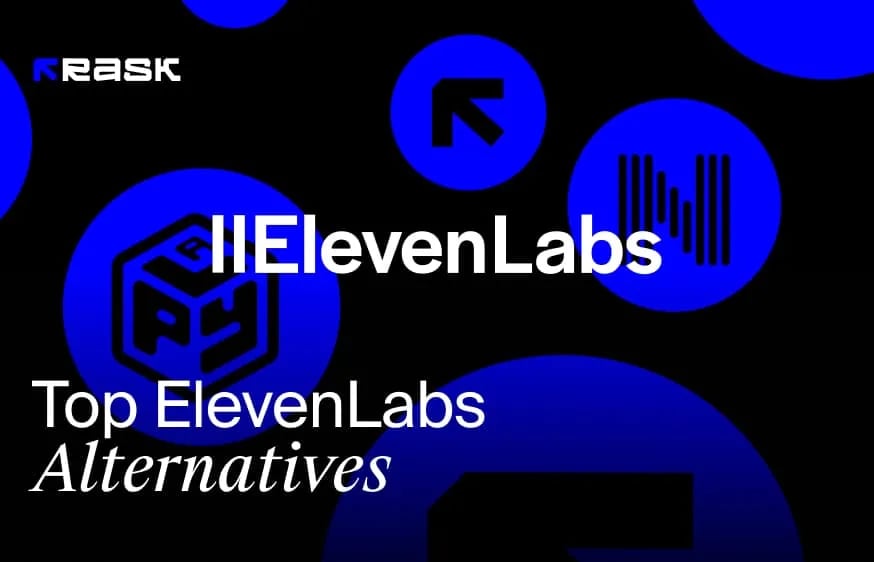
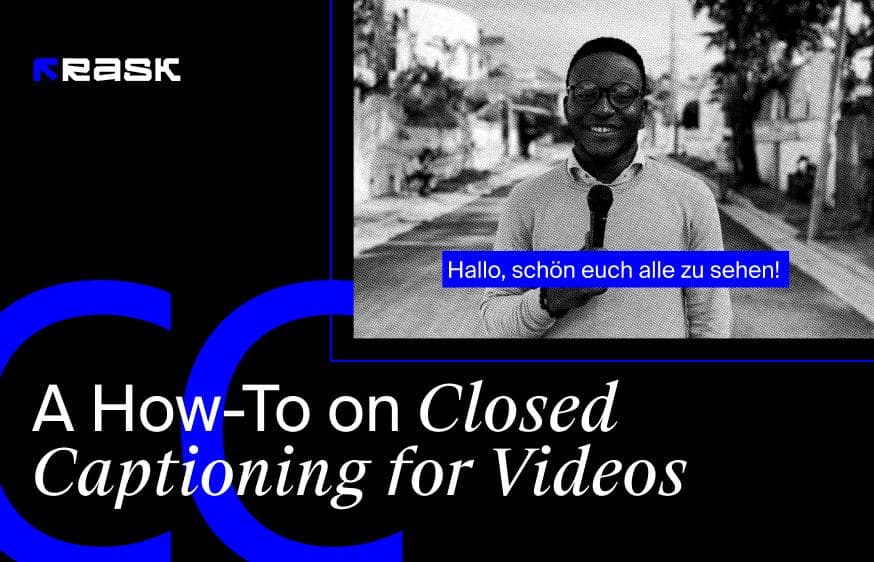
.jpg)

